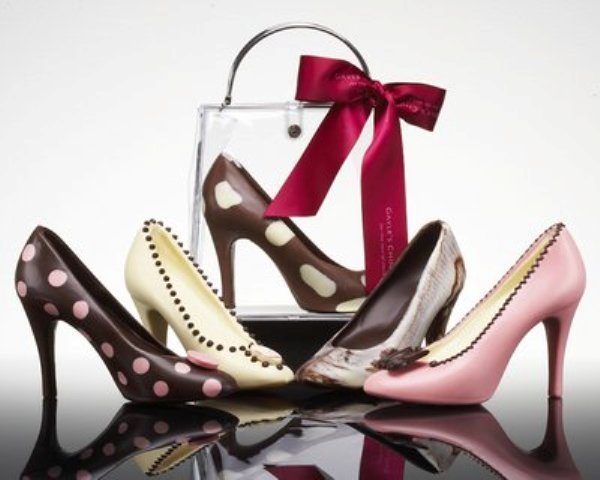
We need different shoes for different purposes like a good sports shoe for running, classy shoes for work, casual ones for shopping and stylish stilettos when dining out. With a wide range of materials, colors and styles, we have so much to choose from when it comes to buying shoes. Often we go for the one that looks best, forgetting about comfort, proper fitting or the fact that certain shoes can cause a good deal of damage to our feet, joints and back. Wearing the wrong shoe for the task can also harm your feet in the long run. Most common problems associated with wearing the wrong kind of shoes are bunions, blisters, corns, ulcers, swelling, athlete’s foot, hammertoe and even osteoarthritis.
Following is the list of shoes that you might want to avoid in order to prevent damage to your feet.
1. Shoes with high heels
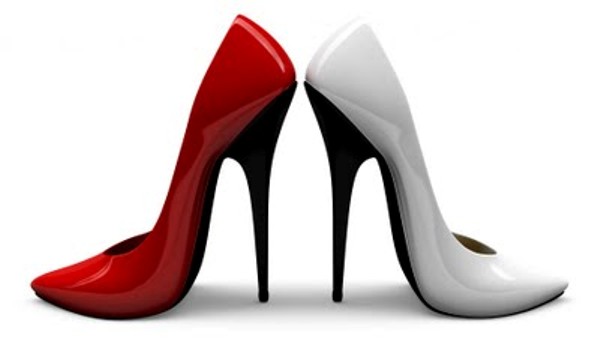
Problem:
It is already known that shoes with high heels are bad for posture and are medically unsound. Experts now agree that high heels can even cause arthritis. Researchers had found out that stilettos, averaging 2.5 inches high, exaggerate a twisting force, called torque, on the knee joints while walking, thus placing the joints at a higher risk of developing osteoarthritis. The knee compensates to maintain forward progression and balance while walking because of the feet and ankle kinetics that come into play when wearing high heels.
Alternative fixes:
If your feet and knees ache when you walk in your stilettos, you might want to switch to walking shoes with laces. While shopping for shoes choose the ones with polymerized composition soles, padded heel counters, relatively wider heels and less than three quarters of an inch in height.
Most women find it hard to give up on fashionable high heels. For them it is advisable to cut short on the time they wear these high heels and switch to comfortable flats or sneakers for the greater part of the day. “Walking pumps” is another viable option. These are fashionable shoes with athletic shoe-like construction, wider toe room and reinforced heels.
2. Ballet shoes
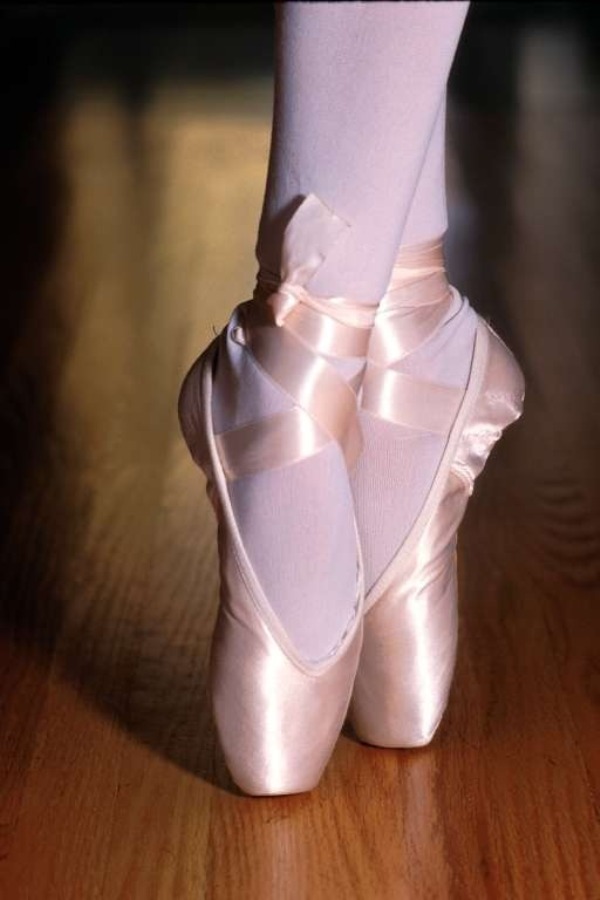
Problem:
According to the society of Chiropodists and Podiatrists, ballet shoes which are devoid of any heels and straps offer very little support, putting pressure on the knees, hips and the back. These shoes shouldn’t be worn for longer periods and people wearing them should take precautions. Split nails and ingrown toe-nails are quite common in ballet dancers. Ballet shoes which hardly offer any cushioning, leaves the feet and the lower legs to absorb the full impact of the movement. This puts pressure on the hips, back and knees which with time can cause or aggravate arthritis. Additionally, ballet shoes can exacerbate bunions and other foot deformities, can crush and cramp the toes, causing blisters and corns.
Alternative fixes:
People who practice ballet should take some precautions to minimize the pain and the damage done to the feet. Toe spacers, gel pads, tapes and plasters can help relieve pressure points.
Problems are also associated with the Ballet inspired flats. With no heels or straps, the feet are likely to grip these shoes while walking. If you are opting for one of these, choose one with a slight heel and stronger sides for a bit more support to the feet. Again, it is not advisable to wear them for extended periods particularly when you are doing a lot of walking.
3. Toning Shoes
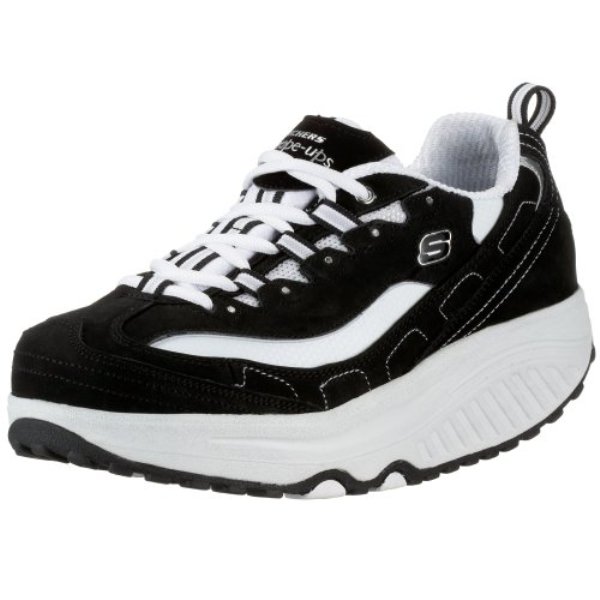
Problem:
Toning shoes are the odd shaped shoes which created a hype claiming they help tone your legs and buttocks while you simply walk wearing them. Though it sounds as if nothing could be better, you might need some words of caution before getting yourself one of these. These toning shoes are designed with negative heel, which means the heels of these shoes are lower than the toes. It forces the foot to rock towards the front, stretching the Achilles tendon. The body struggles to maintain balance and posture, using new group of muscles that are not normally used while walking. This unusual walking pattern creates an altered gait. A certain wellness newsletter warns that these shoes may change the bio-mechanics of an individual’s normal gait making it difficult to switch back to regular shoes. These toning shoes aim at redistributing your body weight adding extra stress to the body parts that already carry burden, such as the weight-bearing joints, susceptible for osteoarthritis. Experts have warned that these shoes increase risks of imbalance and falls and also aggravate arthritis.
Alternative fixes:
If you suffer from arthritis or aching feet or knee, you might want to stay away from toning shoes and stick to the regular walking shoes instead. Walk barefoot when indoors as it increases flexibility and strength.
4. Canvas shoes
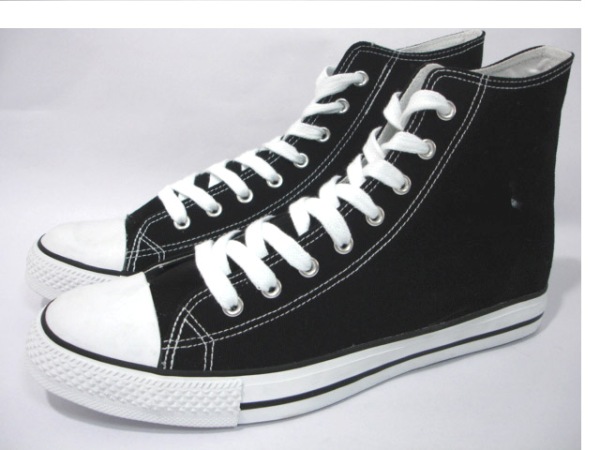
Problem:
Canvas shoes owing to its stylish looks, affordability and lightness have become a favorite among many of us. These are often available in different colors, are durable and have good wear resistance. No wonder these shoes have created a record with over 600 million pairs sold worldwide but there is some bad news associated with these shoes also. Experts have advised not to wear these shoes continuously and never to wear them to exercise. A good sport shoe should be light weight, have certain attributes like anti-twisting, anti-slip, shock-proof and sweat absorption. In comparison, canvas shoes are too soft, especially in the middle and the bottom part of the heel. They have poor shock-proof mechanism and are not stable enough. Additionally, the ventilation system of these shoes is also poor. Long term use of these shoes especially in humid environments make the feet sweat increasing chances of skin diseases like eczema, sweat herpes and erysipelas. Special care should be taken in case of young children as prolonged wear of canvas shoes can lead to flat feet.
Alternative fixes:
To protect your feet from these perils of canvas shoes, avoid continuous wear and change shoes frequently.
5. Flip-flops

Problem:
Earlier flip-flops were seen to be worn by people mostly on beaches. Nowadays, people wear flip-flops to almost everywhere, to a quick trip to the grocery store or to pick up children from school. Flip-flops are mostly preferred in warmer climates and during summer. But according to some reports, flip-flops may be even more harmful than high heels. Experts say that flip-flops alter the pattern of one’s walk, putting the stress of walking on the sides of the feet more than on the heels. Flip-flops lack support on the soles and their long term wear can cause pain in the arch and tendon of feet. Some people have pain in their toes which occurs because the toes tend to curl up by reflex action in anticipation of being hit by hard objects while walking in flip flops.
Alternative fixes:
People feel comfortable in flip flops but some doctors advise not to wear them continuously. One should frequently switch flip flops with other comfortable shoes in order to minimize the harm caused by them.




